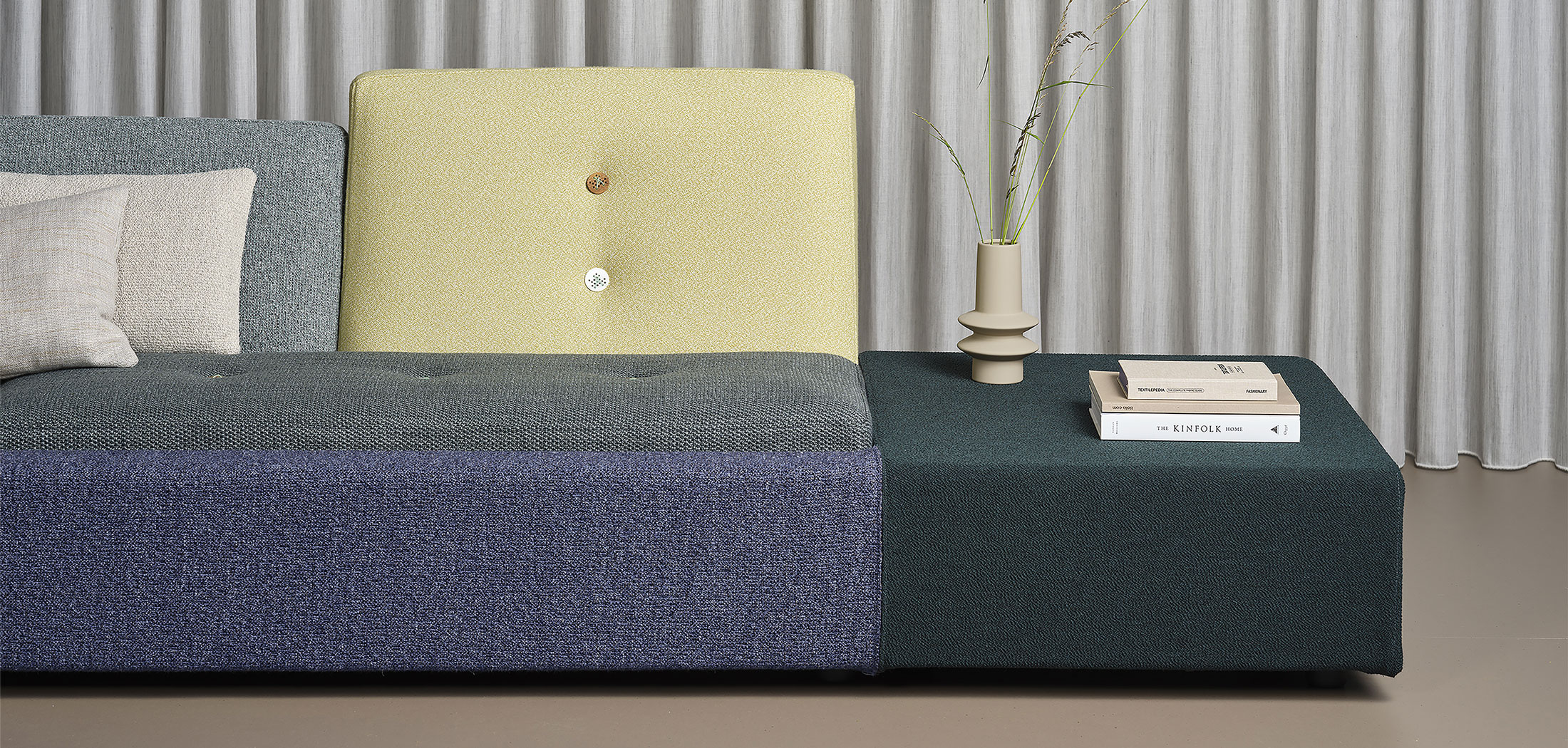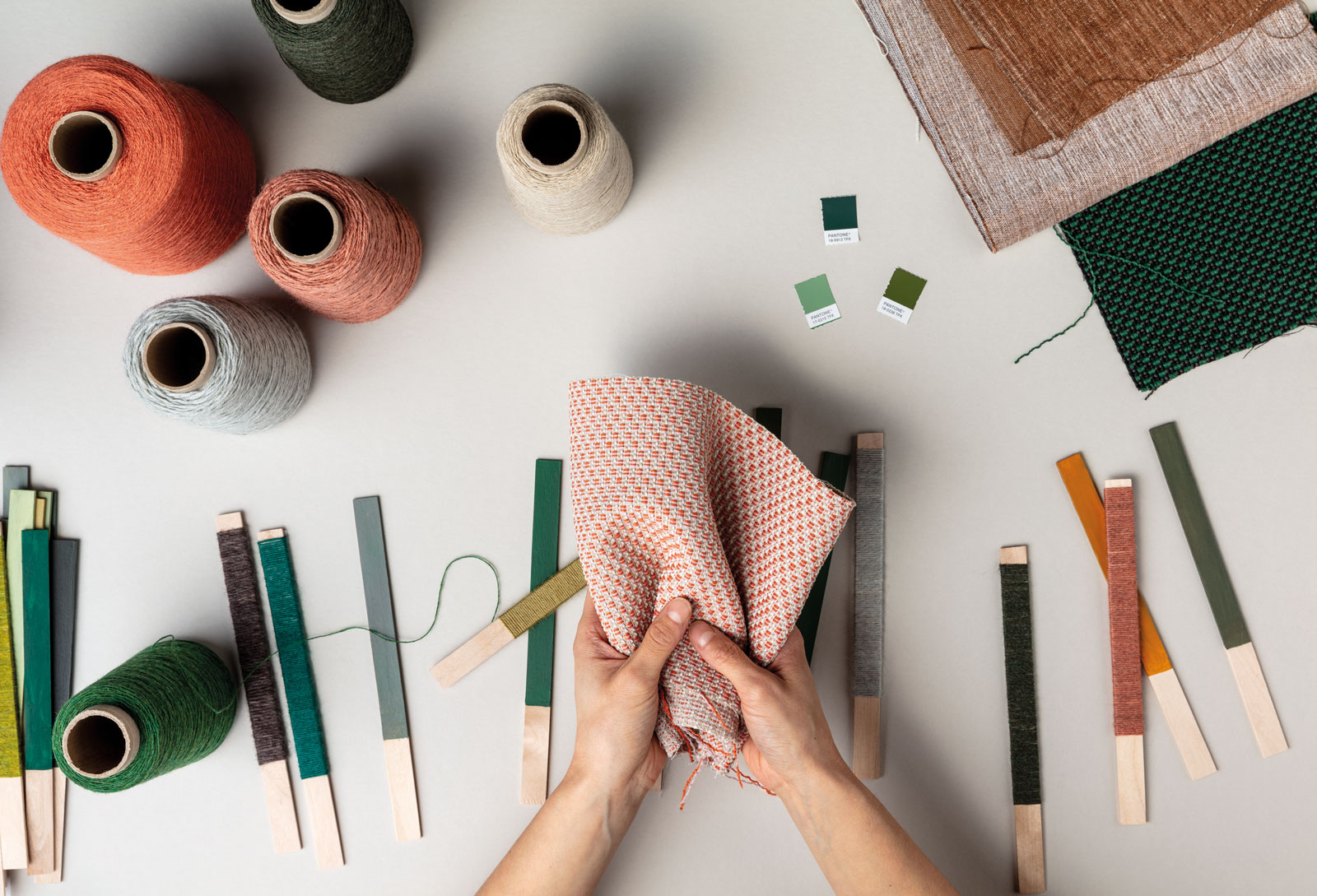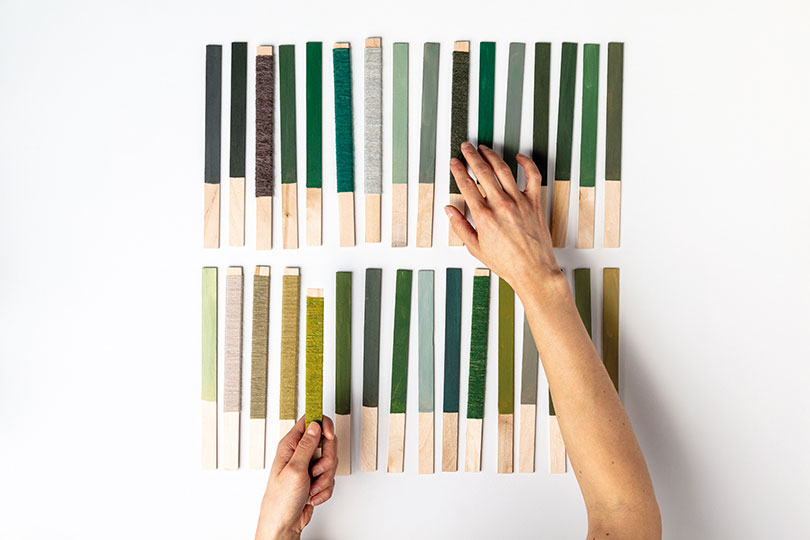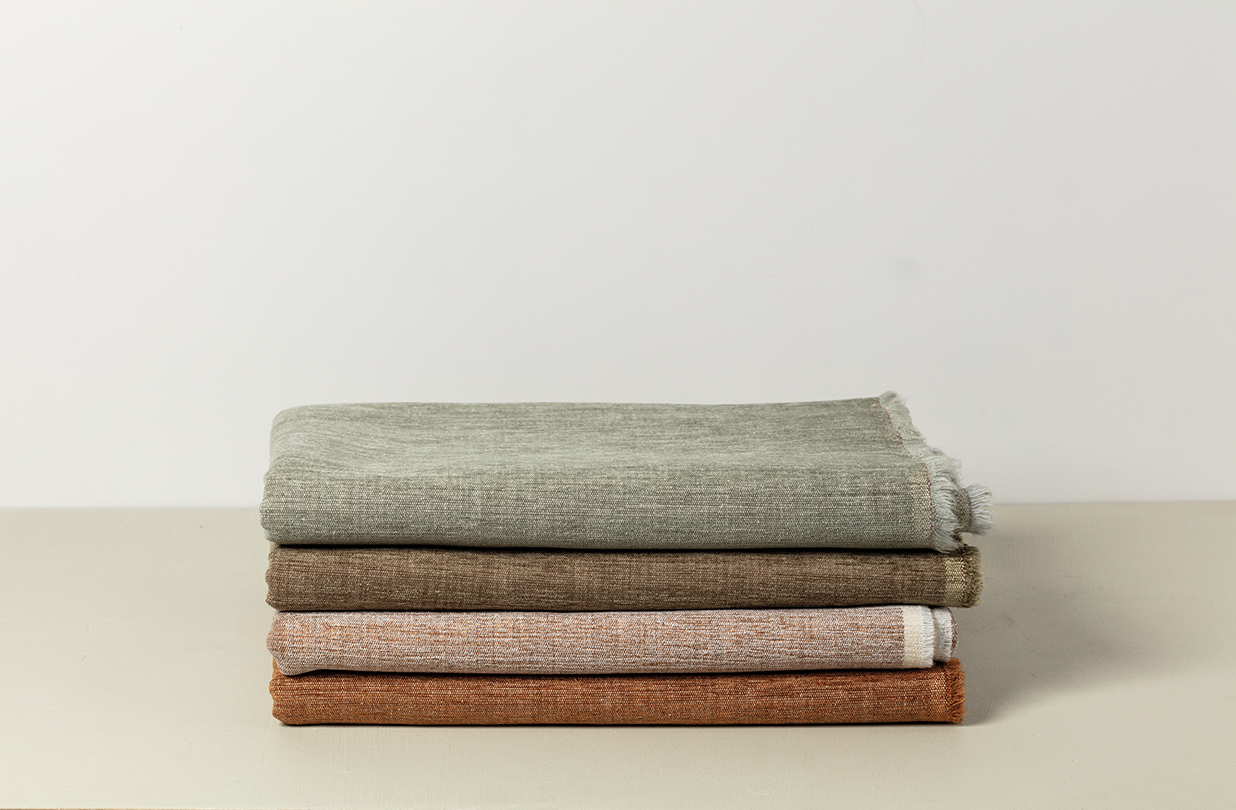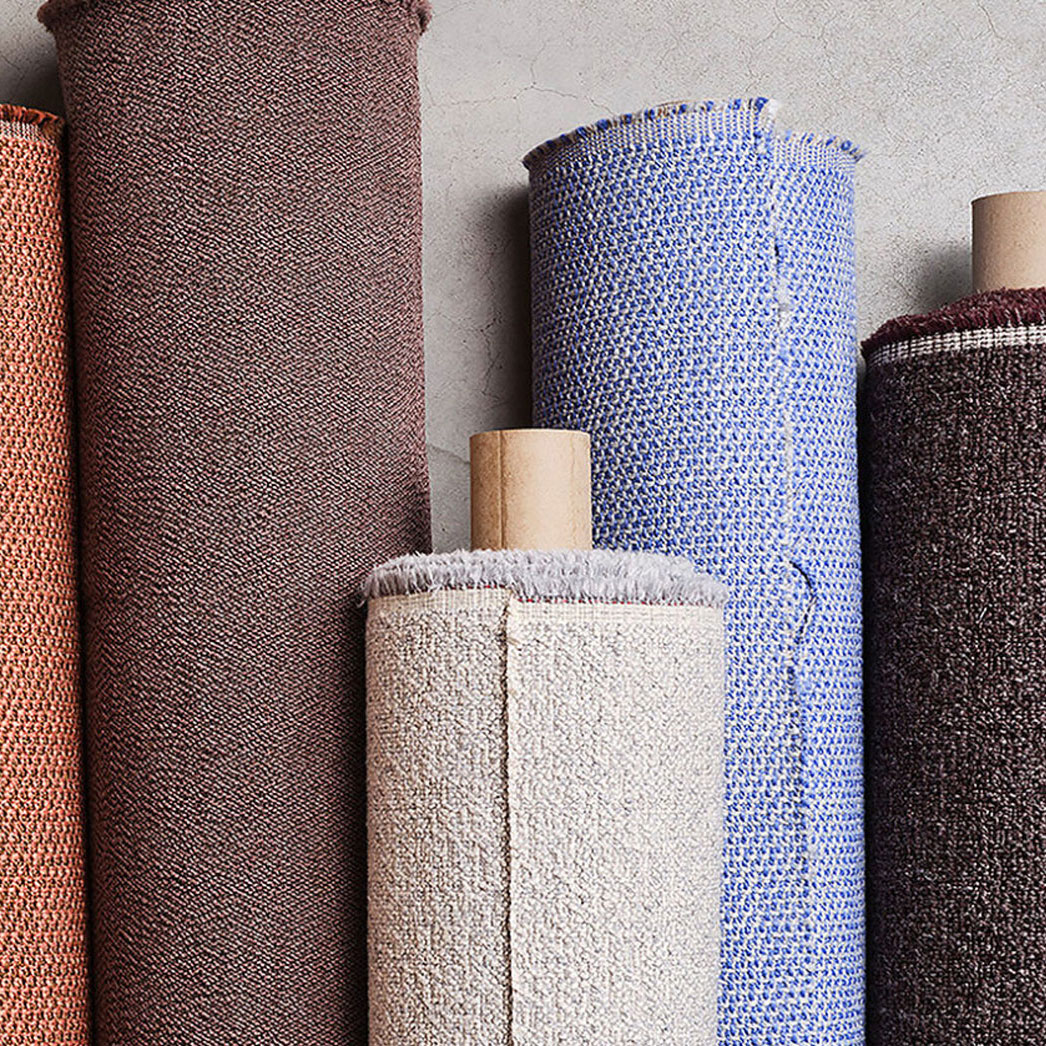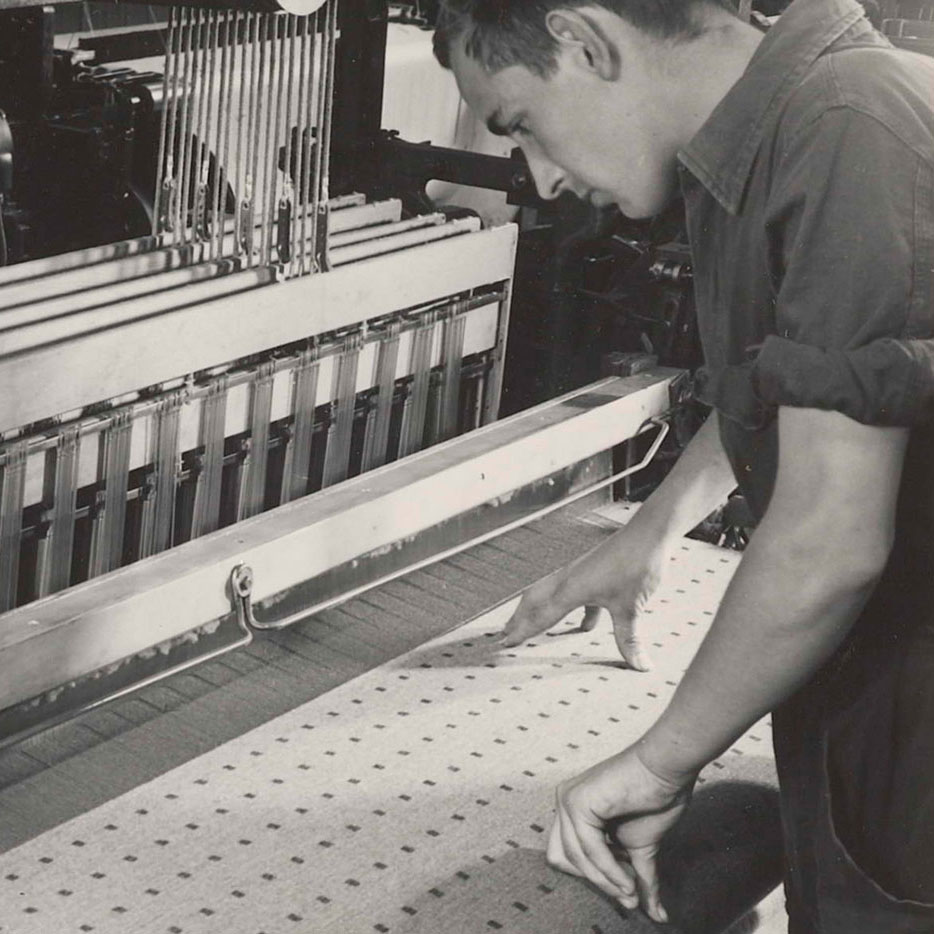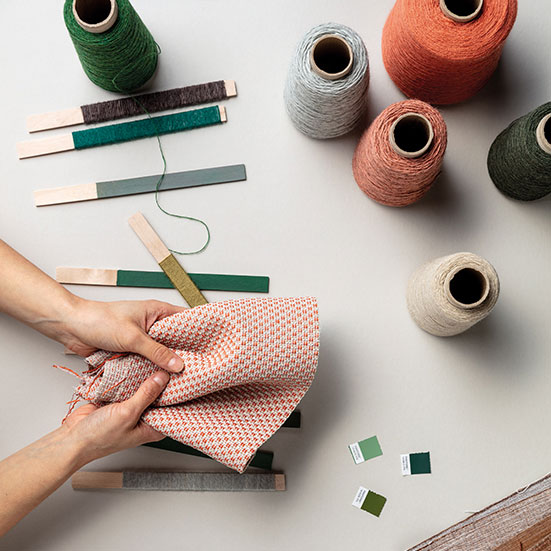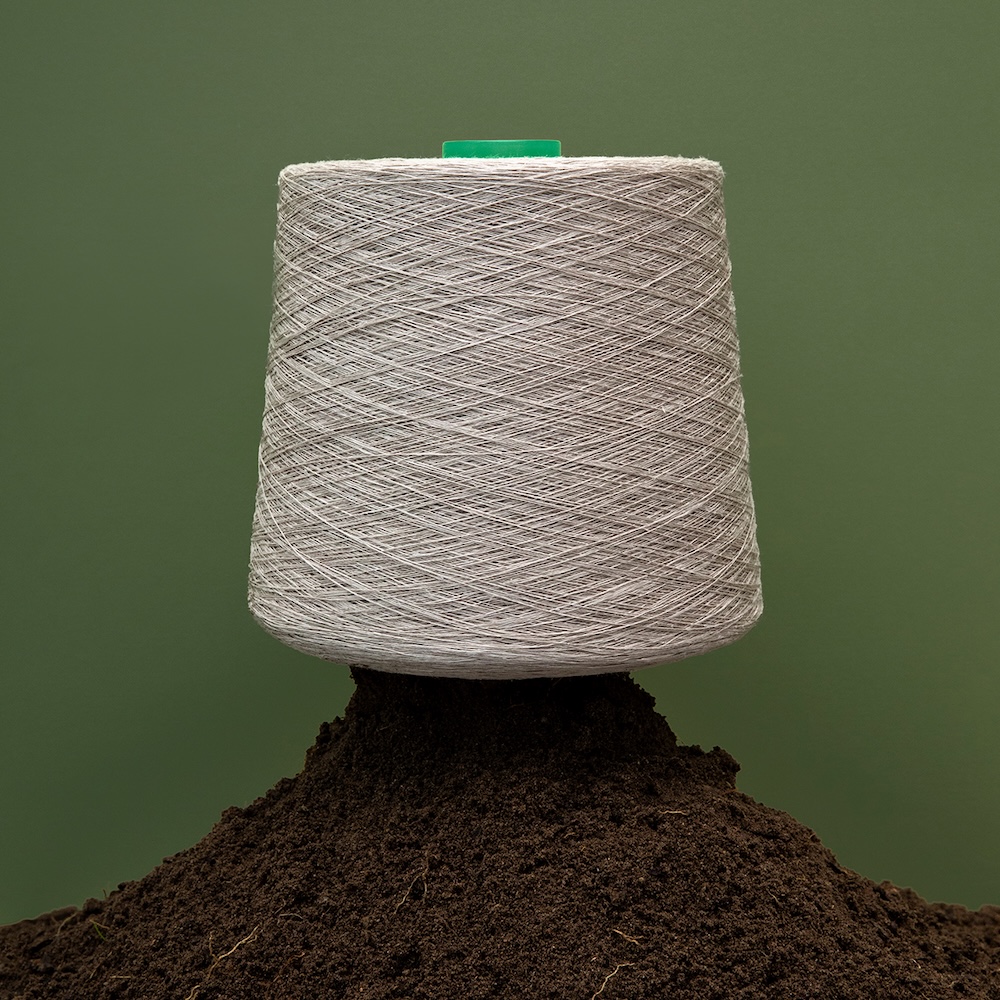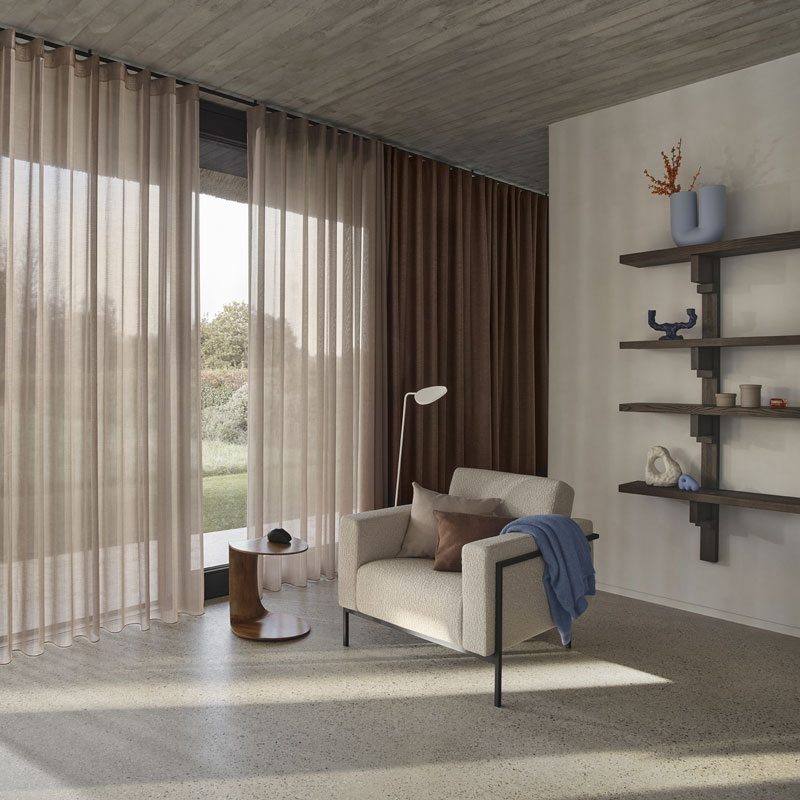The Ultimate Fabric Guide For Interior Architects and Designers
Fabrics are the unsung heroes of interior design, effortlessly combining form and function to transform spaces. From setting the mood of a room to enhancing its practicality, the right textiles can make all the difference. For interior architects and designers, understanding the versatility, durability, and aesthetic potential of fabrics is essential to crafting spaces that are both beautiful and functional.
In this guide, we’ll explore everything you need to know about selecting the perfect fabrics for your projects. Whether you’re designing commercial spaces or residential interiors, this guide will help you navigate fabric choices, from texture and color to performance and sustainability.
Understanding Fabric Types
When choosing upholstery, curtains, or any textile for interior design, understanding the different fabric types is essential. Each fabric type offers unique characteristics, making it suitable for different applications and environments.
Natural Fabrics – Derived from plants and animals, natural fabrics bring comfort, elegance, and functionality.
- Cotton: Known for its durability and softness, cotton is versatile and ideal for high-traffic areas.
- Wool: Warm and resilient, wool is perfect for cozy and long-lasting upholstery.
- Silk: Luxurious and delicate, silk adds an element of sophistication to any space.
- Linen: Lightweight and breathable, linen offers a natural, relaxed look while being highly absorbent.
- Hemp: Sustainable, bio-degradable and comparable to Linen in appearance.
- Lyocell: A yarn made from wood pulp that is soft and durable.
Synthetic Fabrics – Man-made fabrics provide practicality and durability.
- Polyester, Nylon, Acrylic, and Rayon: These materials are easy to maintain, resistant to wear, and often more affordable than natural fabrics. However, they may lack the breathability and tactile feel of their natural counterparts.
Blended Fabrics – Combining natural and synthetic fibres, blended fabrics offer the best of both worlds.
- For instance, a cotton-polyester blend combines the softness and breathability of cotton with the strength and wrinkle-resistance of polyester. A wool-nylon blend has the aesthetics and comfort of wool with the added commercial strength.
Fabrics are the unsung heroes of interior design, effortlessly combining form and function to transform spaces. From setting the mood of a room to enhancing its practicality, the right textiles can make all the difference. For interior architects and designers, understanding the versatility, durability, and aesthetic potential of fabrics is essential to crafting spaces that are both beautiful and functional.
In this guide, we’ll explore everything you need to know about selecting the perfect fabrics for your projects. Whether you’re designing commercial spaces or residential interiors, this guide will help you navigate fabric choices, from texture and color to performance and sustainability.
Understanding Fabric Types
When choosing upholstery, curtains, or any textile for interior design, understanding the different fabric types is essential. Each fabric type offers unique characteristics, making it suitable for different applications and environments.
Natural Fabrics – Derived from plants and animals, natural fabrics bring comfort, elegance, and functionality.
- Cotton: Known for its durability and softness, cotton is versatile and ideal for high-traffic areas.
- Wool: Warm and resilient, wool is perfect for cozy and long-lasting upholstery.
- Silk: Luxurious and delicate, silk adds an element of sophistication to any space.
- Linen: Lightweight and breathable, linen offers a natural, relaxed look while being highly absorbent.
- Hemp: Sustainable, bio-degradable and comparable to Linen in appearance.
- Lyocell: A yarn made from wood pulp that is soft and durable.
Synthetic Fabrics – Man-made fabrics provide practicality and durability.
- Polyester, Nylon, Acrylic, and Rayon: These materials are easy to maintain, resistant to wear, and often more affordable than natural fabrics. However, they may lack the breathability and tactile feel of their natural counterparts.
Blended Fabrics – Combining natural and synthetic fibers, blended fabrics offer the best of both worlds.
- For instance, a cotton-polyester blend combines the softness and breathability of cotton with the strength and wrinkle-resistance of polyester. A wool-nylon blend has the aesthetics and comfort of wool with the added commercial strength.
Choosing the Right Fabric
When selecting fabric, it’s important to consider the room’s purpose and how the furniture will be used. Colour and texture play a key role in shaping the overall atmosphere, while patterned fabrics can introduce visual structure and depth. We recommend creating a mood board with your chosen materials and colour palette -it’s a practical way to see how everything works together and to make confident decisions that enhance both the look and performance of your space.
When selecting fabric, it’s important to consider the room’s purpose and how the furniture will be used. Colour and texture play a key role in shaping the overall atmosphere, while patterned fabrics can introduce visual structure and depth. We recommend creating a mood board with your chosen materials and colour palette – it’s a practical way to see how everything works together and to make confident decisions that enhance both the look and performance of your space.
Test Fabric Swatches
Testing fabric swatches within the intended space can provide valuable insight into how they respond to changes in light — from natural daylight to evening shadows. It also helps you see how the fabric complements surrounding finishes such as wall colours, flooring, and furnishings, allowing for more cohesive and confident design decisions.
Testing fabric swatches within the intended space can provide valuable insight into how they respond to changes in light — from natural daylight to evening shadows. It also helps you see how the fabric complements surrounding finishes such as wall colours, flooring, and furnishings, allowing for more cohesive and confident design decisions.
Sustainability Matters
As sustainability becomes increasingly important, opt for eco-conscious fabrics that minimize environmental impact. Look for materials like wool, cotton, hemp, or recycled textiles. These options not only align with sustainable values but also offer unique textures and finishes that add character to your interiors. Choosing sustainable fabrics supports responsible sourcing and contributes to a healthier planet.
As sustainability becomes increasingly important, opt for eco-conscious fabrics that minimize environmental impact. Look for materials like wool, cotton, hemp, or recycled textiles. These options not only align with sustainable values but also offer unique textures and finishes that add character to your interiors. Choosing sustainable fabrics supports responsible sourcing and contributes to a healthier planet.
Continue reading.
When it comes to upholstery fabrics, finding the right balance between style, durability, and practicality is essential, especially in the unique conditions of Australian living...
At Svenska KJ, we are proud to be the sole distributor of De Ploeg fabrics in Australia. Known for their exceptional craftsmanship and timeless appeal, De Ploeg fabrics have stood the test of time ...
Fabrics are the unsung heroes of interior design, effortlessly combining form and function to transform spaces. From setting the mood of a room to enhancing its practicality ...
At Svenska KJ, sustainability is at the heart of everything we do. Since 1961, we have strived to minimize our environmental impact while delivering ...
Layering curtains is one of the simplest yet most effective ways to enhance your interior design. By combining different fabrics, textures, and curtain styles, you can create a rich, dynamic look ...
